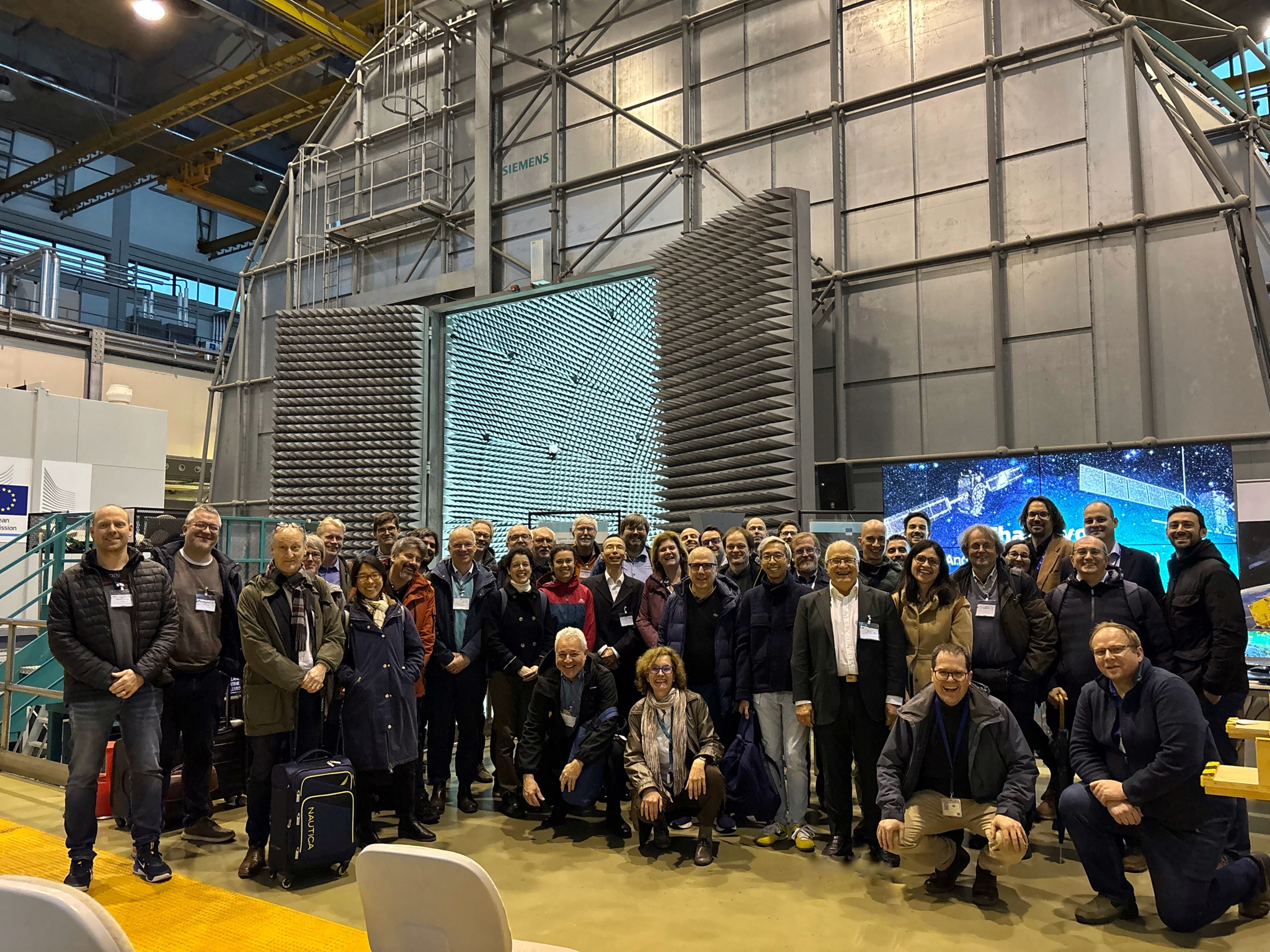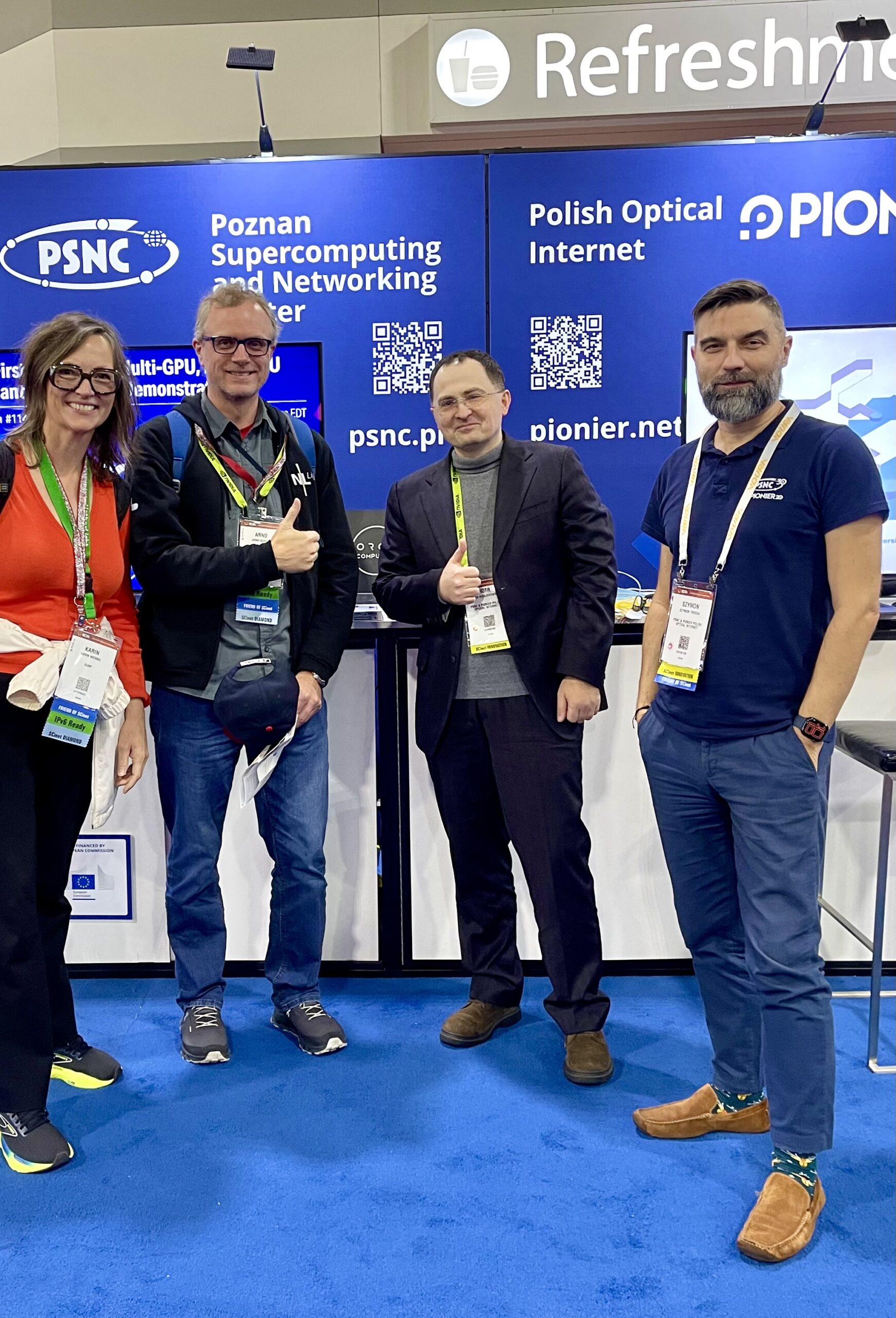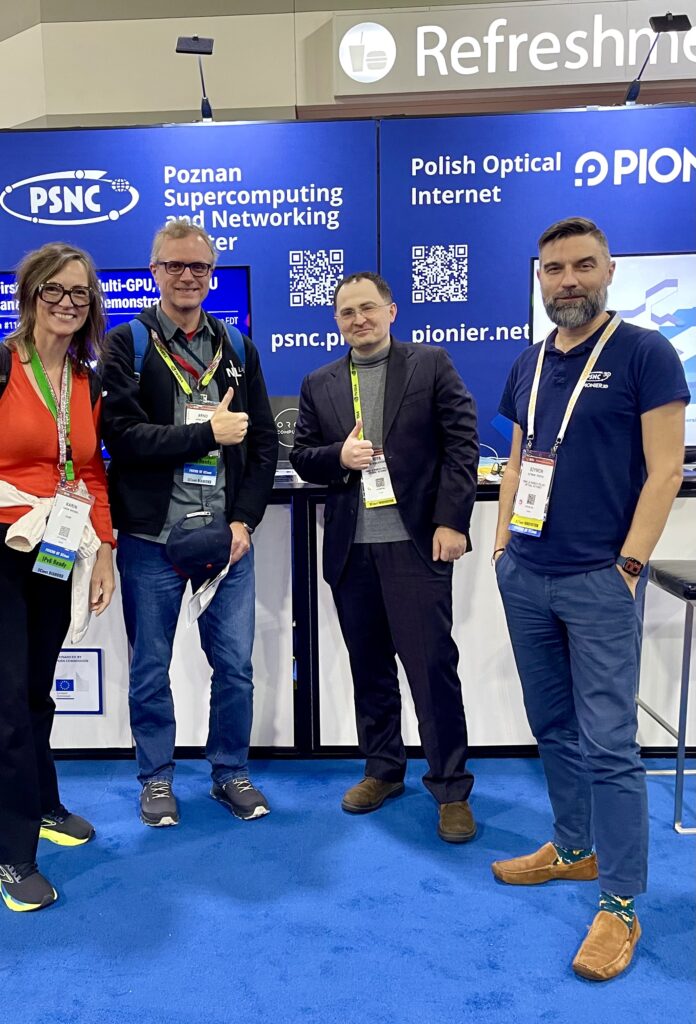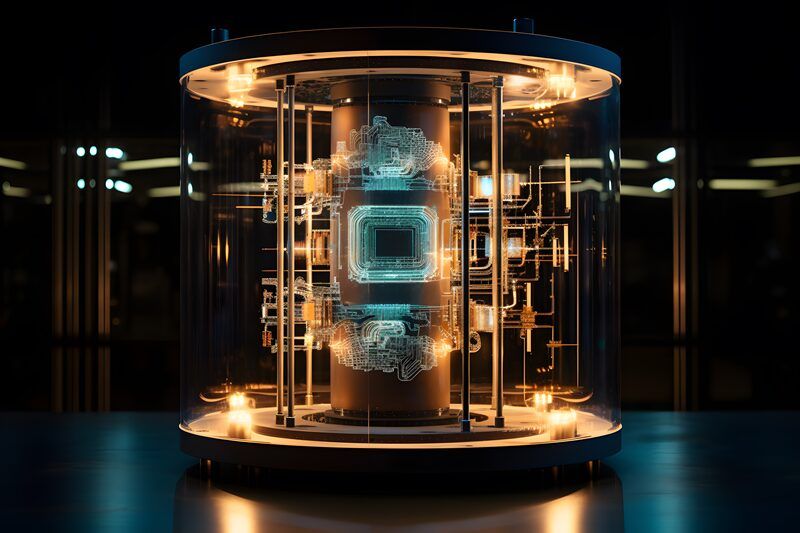Introduction
Last month, GÉANT organized a physical edition of the Special Interest Group Time & Frequency Network (SIG-TFN) at the Joint Science Centre (a research and advisory body of the European Commission). During this event in Italy, NRENs and NMIs came together to further develop the framework for a European Time & Frequency network. In this blog, I will explain what this network aims to achieve and what role SURF plays in it.
From National to International
In recent years, many national NRENs (National Research & Education Networks), together with NMIs (National Metrology Institutes), have established Time & Frequency networks. These networks distribute time and frequency signals via optic networks to researchers and, in some cases, commercial parties. Various types of scientific research benefit from the improved synchronization and calibration of measuring equipment, leading to more refined results.
Want to learn more about how we do this and how it works? Read more about SURF Time & Frequency [here], or listen to the podcast I recorded on this topic with SURF.
What was still missing was cross-border connectivity between these national networks. GÉANT is now working with NRENs and NMIs to develop a network that connects individual countries.
A Golden Partnership: NRENs & NMIs
In recent years, NRENs and NMIs have increasingly found common ground and are working together more closely. NMIs provide the clocks and the sources for the Time & Frequency signals, while NRENs supply the network infrastructure and expertise to distribute these signals.
Interestingly, the creators of these atomic clocks—who typically provide the source for current Time & Frequency networks—now require the network themselves to further develop the so-called optical clocks.
Optical Clocks
Optical clocks are the next generation timekeeping devices, capable of measuring time with far greater precision than the current cesium atomic clocks. By using lasers instead of microwaves (higher frequency means higher precision), these clocks can measure time up to hundreds of times more accurately than the current generation. By 2030, this technology is expected to lead to a redefinition of the second.
But how do we know if an optical clock is working correctly? Measurement requires comparison. If you want to measure the length of a bacteria, you wouldn’t use a standard tape measure—you need a more precise instrument. Similarly, an optical clock, which would only drift by one second over 15 billion years, can only be tested by comparing it to another optical clock.
However, you can’t simply pack an optical clock into a suitcase and take a train from Amsterdam to Braunschweig (where another optical clock is being developed). A different approach is needed.
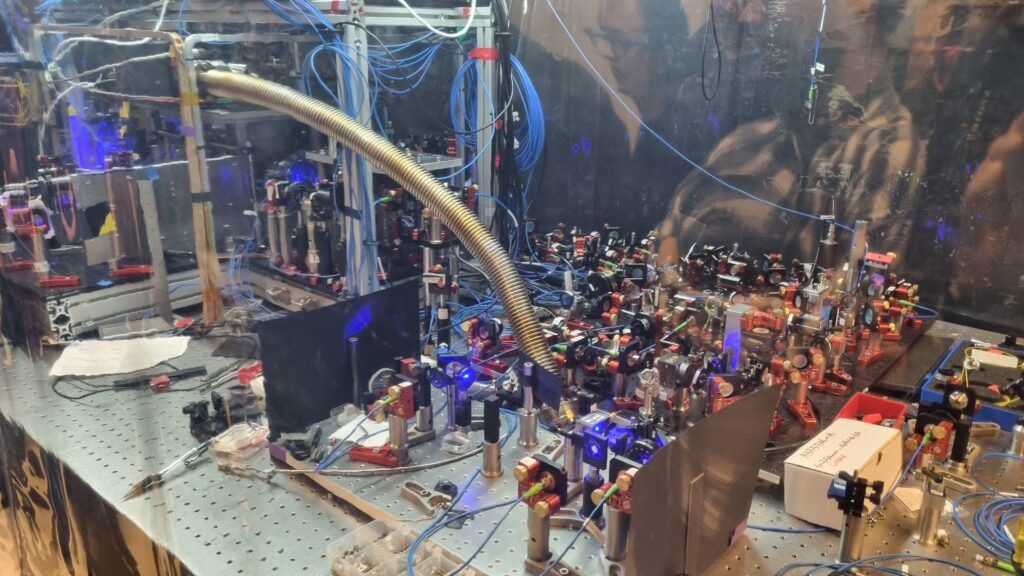
A picture of a research clock at the UvA. More info see iqclock.eu.
Comparing Clock Signals via the Network
What is possible, however, is the transmission of an optical clock’s frequency signal via a network. This allows clocks in different locations to be compared. And not just two clocks—you need multiple clocks to determine if any of them have a deviation.
The technology for transmitting these frequency signals is now so advanced that the signal loss is smaller than the uncertainty of the clocks themselves. This is precisely what the first phase of the Core Time/Frequency Network (C-TFN) enables. Through this network, Dutch clocks at UvA Amsterdam Science Park are compared with clocks from Germany and France. Amsterdam Science Park will play a central role in this new network, creating a unique situation where signals from the world’s best NMIs converge and are analysed.
National Ultra Stable Optical Frequency Network
Not only timekeeping researchers benefit from these signals. Several SURF members, such as ESA, VU, and TU/e, have already expressed interest in gaining access to these highly precise frequency signals.
The technology enabling this, Ultra Stable Optical Frequency Transfer (a kind of “White Rabbit on steroids”), is another factor of 1000 more precise than White Rabbit, reaching precision levels in the pico- and femtosecond range. This has applications in fields such as quantum computing. That’s why we are already installing filters in the national network to distribute these signals. This way, SURF continues to lead the way in supporting researchers in the Netherlands.

